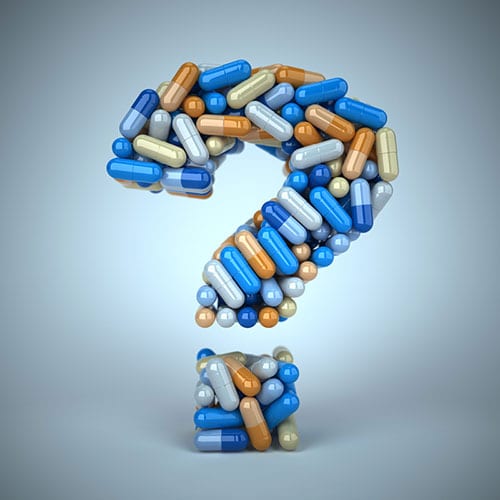Healthcare 101: Do You Really Need That Antibiotic?
December 10, 2014

First used to treat infections in the 1940s, antibiotics have revolutionized modern medicine and saved millions of lives. Antibiotics should always be used when they are needed to treat infectious disease. But according to the Centers for Disease Control and Prevention (CDC), research shows that antibiotics are prescribed when they’re not needed or are misused as much as 50 percent of the time.
The inappropriate use of antibiotics leads to antibiotic resistance, which occurs when bacteria are able to survive after exposure to antibiotics, making infections harder to treat.
Here’s how antibiotic resistance works:
- Germs in your body — some of which are antibiotic-resistant — make you sick. You take an antibiotic prescribed by your doctor.
- The antibiotic kills the bacteria causing your illness — but also the helpful bacteria in your body that protects you from infection.
- Without the good bacteria, the antibiotic-resistant bacteria in your body grow and multiply.
- Some bacteria pass their drug resistance on to other bacteria, which can lead to more health problems.
The CDC calls antibiotic resistance “one of the world’s most pressing public health problems.” And it’s especially a problem for children, because they have the highest rates of antibiotic use.
Doctors are taking steps to curb antibiotic resistance by vowing to use antibiotics responsibly. Antibiotic stewardship is a commitment by doctors and other health professionals to:
- Use and prescribe antibiotics only when they are necessary to treat or prevent disease;
- Choose the right antibiotics; and
- Administer antibiotics correctly in every case.
But what can you do as a patient or a parent? Here are some ways you can protect yourself or your child by using antibiotics appropriately.
Understand the difference between bacteria and viruses. Antibiotics cure bacterial infections, not viral infections. Some examples of viral infections are:
- Common colds and runny noses
- Flu
- Most coughs and bronchitis
- Sore throats not caused by strep
- Most sinus infections
Read more from the CDC on when antibiotics are helpful for common illnesses — and when they’re not.
Taking antibiotics for a viral infection will not cure it, keep others from catching it or make you feel better. Viruses must simply run their course, although taking over-the-counter medicines, getting plenty of rest and drinking lots of fluids can help you or your child feel better. You can get more tips on viral symptom relief from the CDC.
Don’t ask your child’s clinician for antibiotics. Turns out, parents heavily influence whether a doctor does or doesn’t prescribe antibiotics. A study in the medical journal Pediatrics found that pediatricians are almost nine times more likely to prescribe antibiotics when they feel parents expect them than when they feel the parents don’t expect the drugs.
Follow instructions for any antibiotic you are prescribed. This includes taking prescribed dosages, storing the medication appropriately, completing the prescribed course even if you start to feel better, and properly disposing of any leftover medication.
Remember: it’s important to get a proper assessment by visiting a clinician. Even if antibiotics might not be the best medicine, a treatment plan can be developed to ease symptoms and promote healing. CareSpot centers include on-site labs where many tests can be performed to determine the proper diagnosis. This “one-stop-shop approach” helps save time so that patients can be on the path to recovery more quickly. Find a CareSpot location here.
